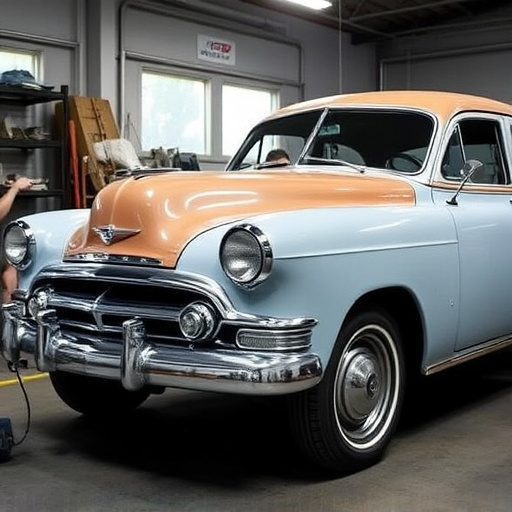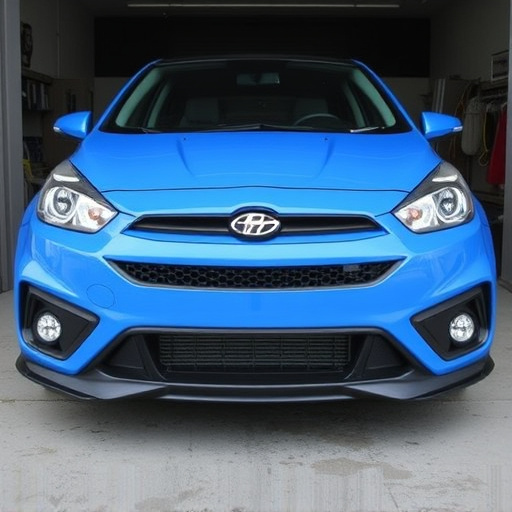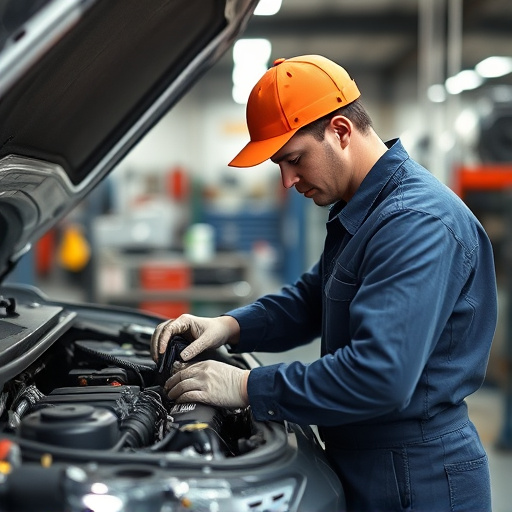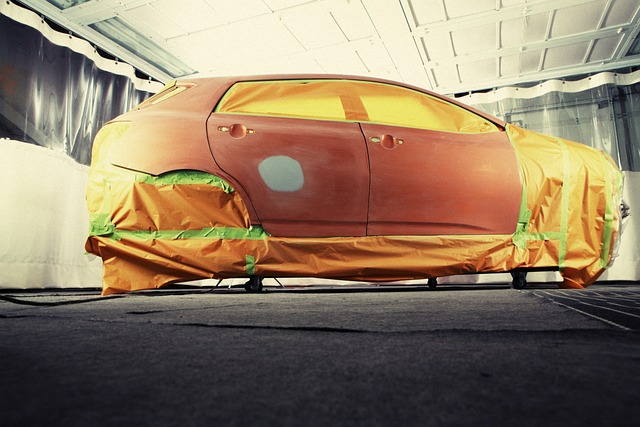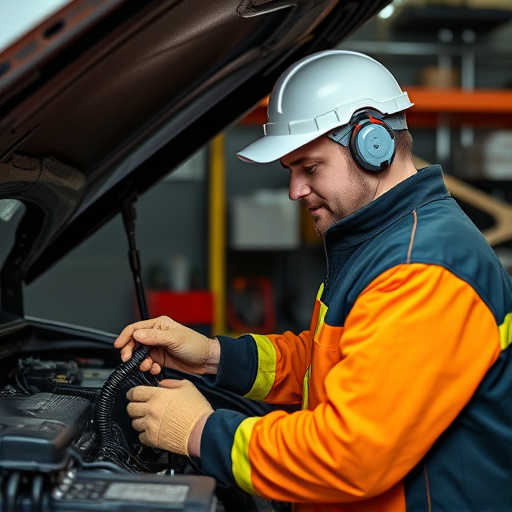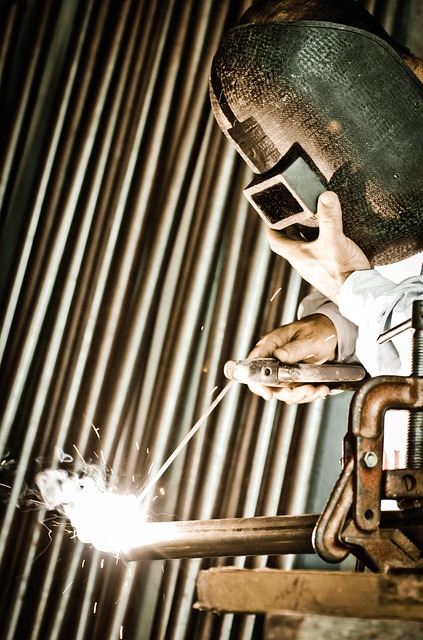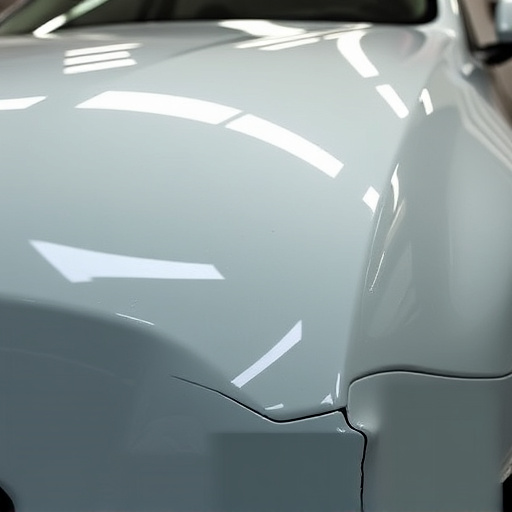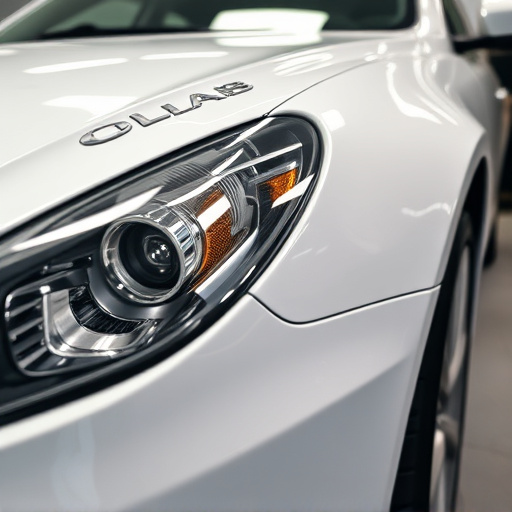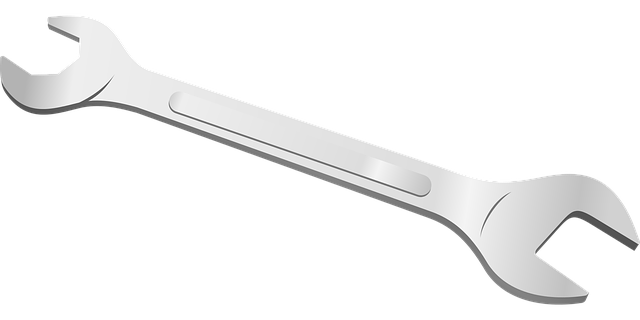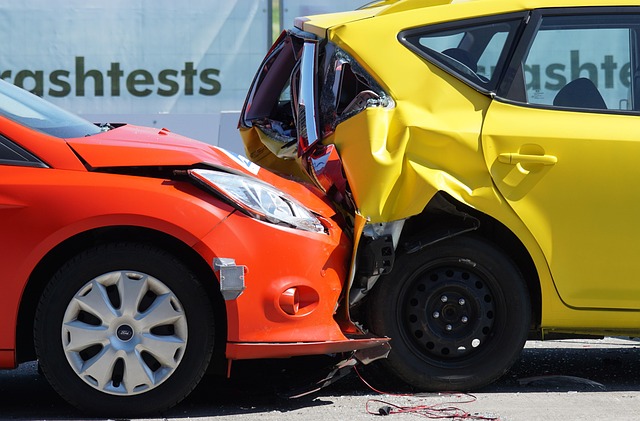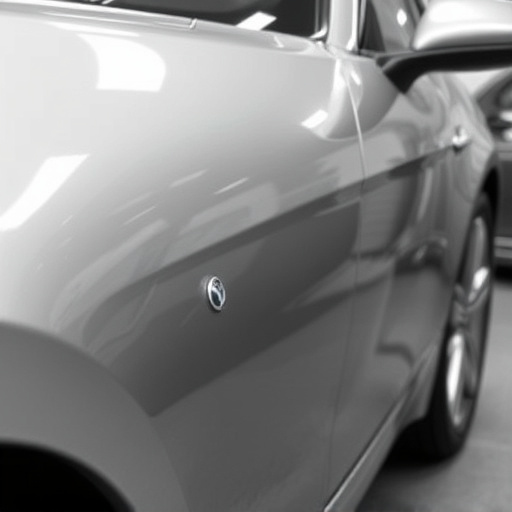Bumper scuff repairs are essential for vehicle owners to maintain aesthetic appeal and resale value. Using high-quality automotive-grade materials and tools is key. The process involves inspection, sanding, priming, painting, and matching original colors. Prompt action minimizes future extensive repairs, saving time and money.
Looking to restore your vehicle’s sleek appearance? Mastering bumper scuff repairs is essential for maintaining your car’s curb appeal. This comprehensive guide delves into the best practices for post-bumper scuff repair maintenance, offering insights on understanding the basics, selecting the right materials and tools, and following a step-by-step approach for optimal results. By adopting these strategies, you’ll ensure your bumper looks as good as new.
- Understanding Bumper Scuff Repairs: The Basics
- Choosing the Right Materials and Tools
- Step-by-Step Guide for Effective Maintenance
Understanding Bumper Scuff Repairs: The Basics
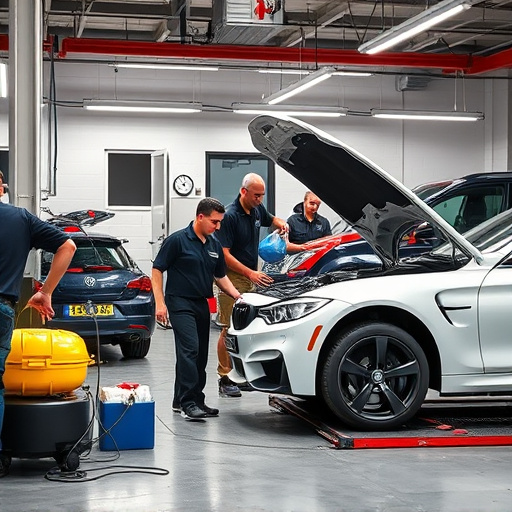
Bumper scuff repairs are a common necessity for vehicle owners, often arising from minor accidents or everyday scratches. These scuffs can range from small nicks to deeper dents and scrapes on your bumper, which is a significant part of your car’s exterior. While some may opt to ignore them, addressing these issues promptly is crucial for both aesthetic appeal and potential resale value. A simple fender bender or a minor car collision repair can leave behind visible evidence if not treated properly.
Understanding the basics of bumper scuff repair involves knowing that it typically includes sanding down the damaged area, applying filler to smoothen the surface, priming, and painting to match your vehicle’s original color. For more severe cases, especially in luxury cars like Mercedes Benz repair, professional body shops might use advanced techniques such as plastic welding or custom molding to ensure a seamless and long-lasting fix. Prompt action is key to minimizing the impact of these scuffs, maintaining the car’s overall appearance, and avoiding more extensive and costly repairs in the future.
Choosing the Right Materials and Tools
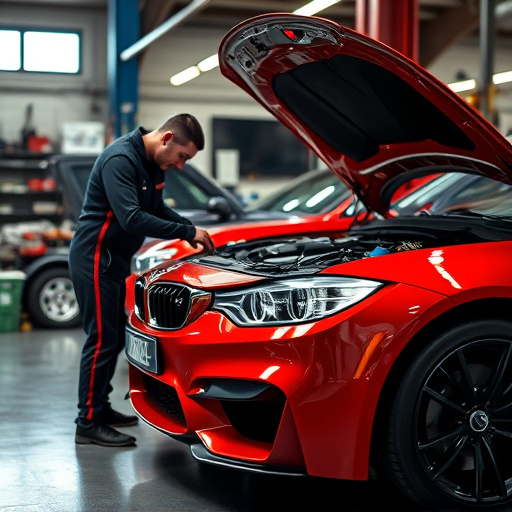
When it comes to bumper scuff repair, selecting the appropriate materials and tools is a crucial first step. The goal is to match the repair as closely as possible with the vehicle’s original finish. This requires using high-quality, automotive-grade products designed specifically for bumper scuff repair. Opting for genuine or certified-compatible parts ensures compatibility and longevity. Remember that different car manufacturers may have unique specifications, so it’s essential to research or consult the vehicle’s owner manual for recommended materials.
Choosing the right tools is equally vital. A comprehensive toolkit should include a variety of scrapers, fillers, and polishes suitable for various scuff depths and surface conditions. Professional-grade tools ensure precision and efficiency during the repair process. Additionally, considering accessories like applicator pads, sandpaper, and protective gear can make the entire bumper scuff repair job safer and more effective, ultimately saving time and money compared to relying solely on generic or low-quality materials and tools.
Step-by-Step Guide for Effective Maintenance
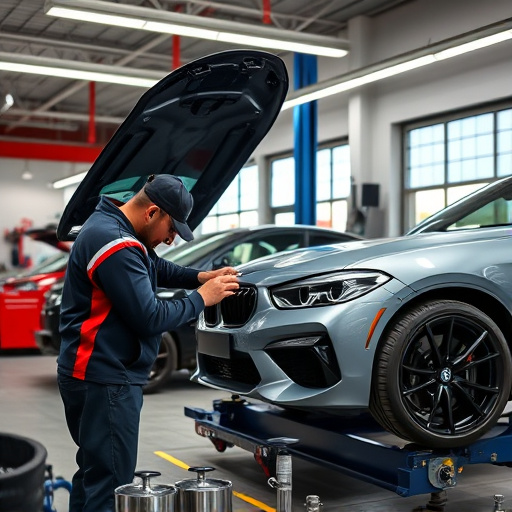
Performing effective bumper scuff repair maintenance involves a meticulous step-by-step process that can restore your vehicle’s aesthetic appeal and protect its value. Start by inspecting the damaged area thoroughly, identifying the extent of the scuff and any associated scratches or dents. Next, prepare the surface by removing loose debris using specialized tools like brushes and compressed air. This ensures a clean canvas for the repair work ahead.
For auto body shops offering bumper scuff repair services, this preparation phase is crucial as it lays the foundation for successful auto painting. After cleaning, lightly sand the affected area to create a smooth surface. Apply an appropriate primer designed to fill in any imperfections and provide a uniform base. Let the primer dry completely before moving on to the final step—applying high-quality paint that matches your vehicle’s original color, ensuring seamless integration. This meticulous process not only repairs scuffs but also enhances overall vehicle repair services, resulting in a flawless finish.
In conclusion, mastering bumper scuff repair is essential for maintaining your vehicle’s aesthetic appeal. By understanding the basics, selecting the right materials and tools, and following a step-by-step guide, you can ensure effective maintenance. These best practices will help keep your car looking its best, minimizing scuffs and preserving its value. Remember, prompt action and regular care are key to avoiding costly repairs down the line – so take control of those bumper scuffs!
